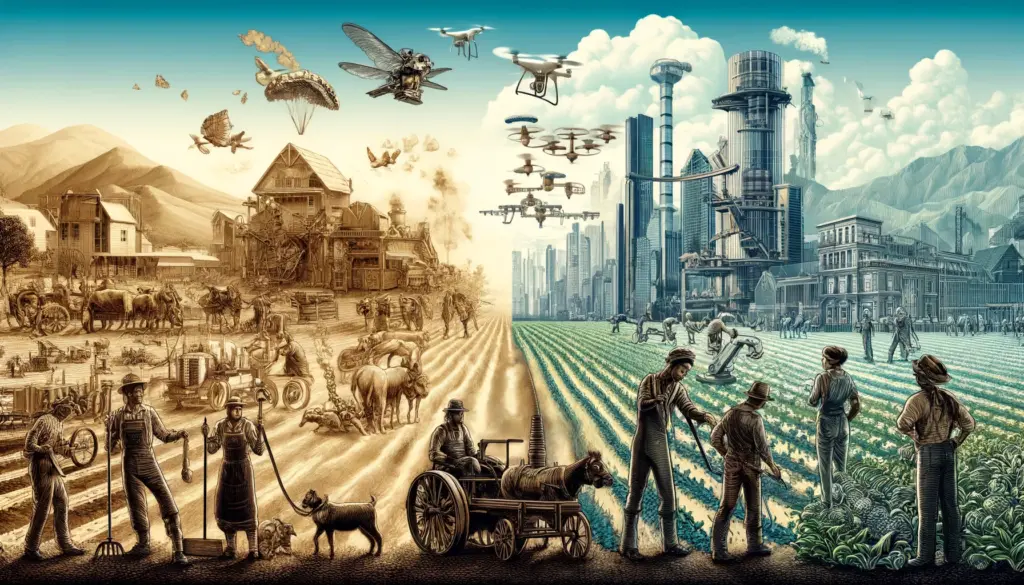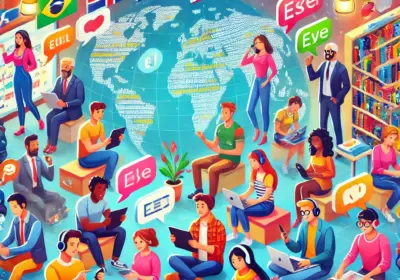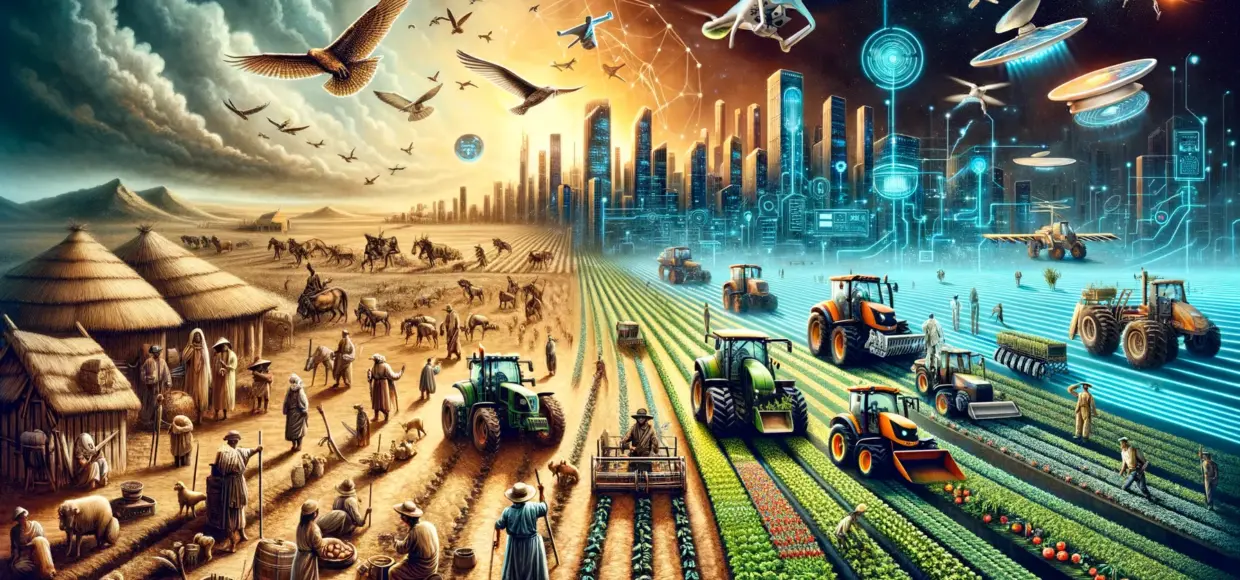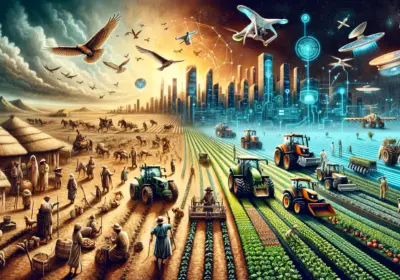Agriculture is one of the most fundamental and significant activities in human history. From past to present, agriculture has shaped the economic, social, and cultural structures of societies. In this article, we will explore the historical development of agriculture, modern farming techniques, and what the future holds for this vital industry.

Historical Development: From Ancient Times to the Middle Ages
The beginning of agriculture dates back to around 10,000 BCE with the Neolithic Revolution. Humans transitioned from hunting and gathering to settled life, domesticating plants and animals. During this period, agriculture was conducted with primitive tools and simple techniques.
In the Middle Ages, agriculture was the backbone of the feudal system. The use of heavy plows and the three-field system increased productivity. During this period, agriculture was still largely dependent on human and animal labor.
Industrial Revolution and Modern Agriculture
The Industrial Revolution brought significant changes to agriculture. Starting in the late 18th century, this revolution saw the invention and widespread use of agricultural machinery, which greatly increased productivity. Machines like tractors and combine harvesters sped up agricultural production and made it possible to cultivate larger areas.
In the mid-20th century, the Green Revolution ushered in a new era in agriculture. The development of high-yield crop varieties, the use of chemical fertilizers and pesticides, and improved irrigation techniques led to a dramatic increase in agricultural production. However, the intensive use of chemicals and monoculture farming also brought environmental challenges.
The Future of Agriculture: Sustainable and Technological
Today, agricultural technologies are rapidly advancing and shaping the future of farming. Here are some innovations and trends that will influence the future of agriculture:
1. Digital Agriculture and the Internet of Things (IoT)
In agriculture, IoT devices, sensors, and data analytics enable farmers to monitor and optimize everything in their fields. Soil moisture, weather conditions, and plant health can be tracked in real-time, allowing for more informed decision-making.
2. Vertical Farming and Urban Agriculture
In the future, vertical farming and urban agriculture will allow farming in cities. These methods offer a more sustainable farming model by minimizing water and soil usage.
3. Biotechnology and Genetic Engineering
Biotechnology has the potential to revolutionize agriculture. Genetic engineering will allow the cultivation of crops that are resistant to diseases and pests and have higher nutritional value.
4. Sustainable Farming Practices
Future agriculture will evolve towards more sustainable methods. Practices such as organic farming, permaculture, and agroecology will help protect the environment and contribute to the production of healthy food.
5. Robotics and Automation
Agricultural robots and automation systems will reduce human labor and enable more efficient and precise farming. These robots will be capable of performing many functions, from planting to harvesting.
Conclusion
Agriculture has continuously evolved throughout history, developing new techniques and technologies in every era. This transformation from the past to the present will continue in the future, with agriculture evolving into a more sustainable, technological, and innovative field.
We will see how agriculture changes in the future, but one thing is certain: agriculture will continue to play a critical role in sustaining human life.
You can find more articles like this here.










